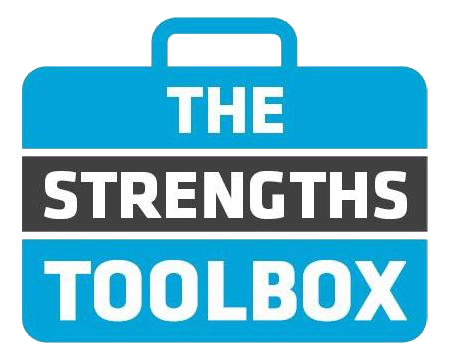Selling is an essential part of any business, and it is crucial to have a sales strategy that works. One approach that has gained popularity in recent years is strengths-based selling. This approach focuses on identifying and leveraging the strengths of the salesperson. In this blog post, we will explore the benefits of strengths-based selling and how it can help salespeople and businesses achieve their sales goals.
What is Strengths-Based Selling?
Strengths-based selling is a sales approach that focuses on identifying and leveraging the strengths of the salesperson. It is based on the idea that the best opportunity for accelerating success is by knowing your individual strengths, and then productively applying them in any role that you perform. The strengths-based selling approach involves several key steps:
- Identifying the strengths of the salesperson: The first step in strengths-based selling is to identify the strengths of the salesperson. This can be done using Gallup’s “Strengths Based Assessment for Salespeople”.
For more information about this online assessment click here!
2. Identifying your strengths can help you achieve sales targets in the following ways:
- Assessing your sales competencies: The first step to identifying your sales strengths is to assess your sales competencies. Sales competencies are the knowledge, skills, and behaviors that enable you to achieve your sales goals.
- Leveraging your strengths: Once you have identified your sales strengths, you can leverage them to achieve your sales targets. For example, if you have strong communication skills, you can use them to build rapport with prospects and customers, active listening to understand their needs, and persuasion to sell your products or services.
- Setting goals based on your strengths: You can use the SMART framework to define your goals, which means they should be specific, measurable, achievable, relevant, and time-bound. You can also align your goals with your company’s objectives, your manager’s expectations, and your customer’s needs.
- Building an environment that helps you optimize your strengths: Rather than set up a rigid structure for salespeople to follow, focus on building an environment that helps each individual optimize his or her strengths. Invest in tools that help salespeople recognize the attributes they possess and the best practices for leveraging their different strengths to achieve their goals.
The Benefits of Strengths-Based Selling
Strengths-based selling offers several benefits to businesses, including:
1. Increased Sales
One of the primary benefits of strengths-based selling is increased sales. By focusing on the strengths of both the salesperson and the customer, strengths-based selling creates a more personalized and effective sales experience. This can lead to increased customer satisfaction and loyalty, as well as increased sales and revenue for the business.
2. Improved Customer Relationships
Another benefit of strengths-based selling is improved customer relationships. By focusing on the strengths of the customer, strengths-based selling creates a more personalized and engaging sales experience. This can lead to increased trust and respect between the salesperson and the customer, as well as improved customer satisfaction and loyalty.
3. Increased Employee Engagement
Strengths-based selling can also lead to increased employee engagement. By focusing on the strengths of the salesperson, strengths-based selling creates a more positive and empowering work environment. This can lead to increased job satisfaction and motivation, as well as improved performance and productivity.
4. Improved Sales Training
Strengths-based selling can also improve sales training. By focusing on the strengths of the salesperson, strengths-based selling can help identify areas for improvement and provide targeted training and development opportunities. This can lead to improved sales skills and performance, as well as increased job satisfaction and motivation.
5. Competitive Advantage
Finally, strengths-based selling can provide a competitive advantage. By creating a more personalized and engaging sales experience, strengths-based selling can differentiate a business from its competitors. This can lead to increased customer loyalty and market share, as well as improved sales and revenue.
Conclusion
In conclusion, strengths-based selling can help you achieve sales targets by assessing your sales competencies, identifying your sales strengths, leveraging your strengths, setting goals based on your strengths, and building an environment that helps you optimize your strengths. By doing so, you can improve your performance, exceed your sales targets, and enjoy your job more.
It offers several benefits to businesses, including increased sales, improved customer relationships, increased employee engagement, improved sales training, and a competitive advantage. By adopting a strengths-based selling approach, businesses can create a more personalized and effective sales experience that leads to increased customer satisfaction and loyalty, as well as increased sales and revenue.
(THE STRENGTHS TOOL BOX helps create thriving workplaces by coaching leaders, managers and teams to focus on strengths as a means to accelerating success and maximizing performance).
FOR MORE INFORMATION VISIT www.thestrengthstoolbox.com
DOWNLOAD THIS FREE E-BOOK entitled “Sell More with These Sales Tips” at https://www.thestrengthstoolbox.com/
FOR A FREE 30 MINUTE ZOOM CONSULTATION CLICK HERE TODAY: https://www.thestrengthstoolbox.com/calendar/




